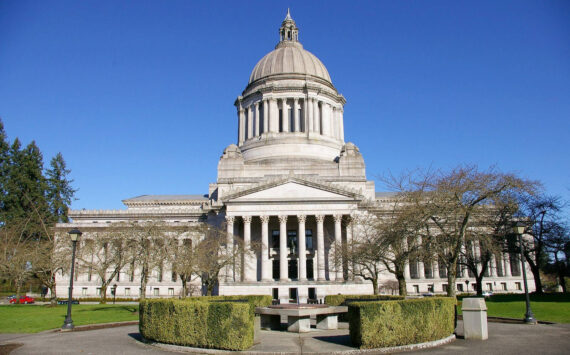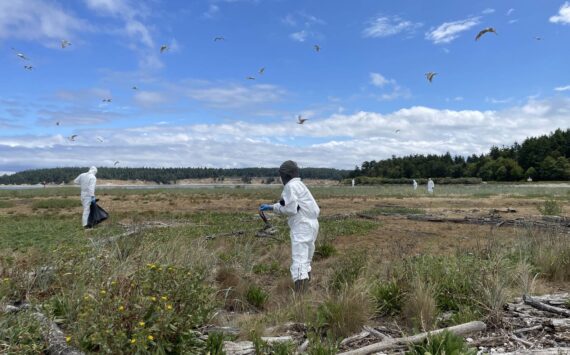When fairgoers dine on corn dogs and scones and enjoy their favorite crafts and 4-H exhibits, they are supporting an industry that makes a major contribution to the economy of rural communities throughout the Evergreen State.
A new study prepared for the Washington State Department of Agriculture (WSDA) shows an annual economic impact of more than $350 million from events held at fairgrounds. The estimate includes the benefits of direct and indirect purchases for all the goods and services produced as a result of the fairs industry.
Nearly eight million people in 2005 attended 72 agricultural fairs and youth shows, as well as numerous other events held at fairgrounds.
The report, Washington State Fairs and Other Fairground Activities Economic Impact Analysis, describes the benefits of fairs, including:
— Economic impacts of $350 million to $385 million attributable tofairs and non-fair events at fairgrounds across the state.
— An estimated 5,600 to 5,800 temporary jobs and numerousadditional volunteer opportunities.
— Wages of fair-related jobs of $48 million to $51 million.
— Tax revenues between $23 million and $25 million.
The study found that fairs promote agriculture, create jobs, support rural economic development and local commerce, and provide opportunities for youth and adult education. Fairs and other fairground activities play a vital role in fund raising for many non-profit civic and charitable organizations. In addition to the economic and social contributions, fairgrounds may also be used to provide a space for emergency services, including the protection of livestock during natural or animal health disasters.
The Legislature mandated the study, which was guided by an advisory group appointed by the board of the Washington State Fairs Association. Northern Economics, Inc., a consulting firm headquartered in Anchorage, Alaska, completed the study in June.
In Washington, the fair season runs a little more than half a year. Among the first fairs is the Whatcom County Youth Fair in Lynden in April. The largest fairs take place in August and September and include the Evergreen State Fair in Monroe, the Western Washington Fair in Puyallup and the Central Washington State Fair in Yakima.
The Washington State Department of Agriculture provides $2 million a year to agricultural fairs and youth shows. Additional funds are available for capital improvement projects at fairs, particularly for health or safety-related projects.
Information on WSDA’s fairs program is available online at the WSDA website. The report is also available online. Additional information on fairs is available on the Washington State Fairs Association Web site.




